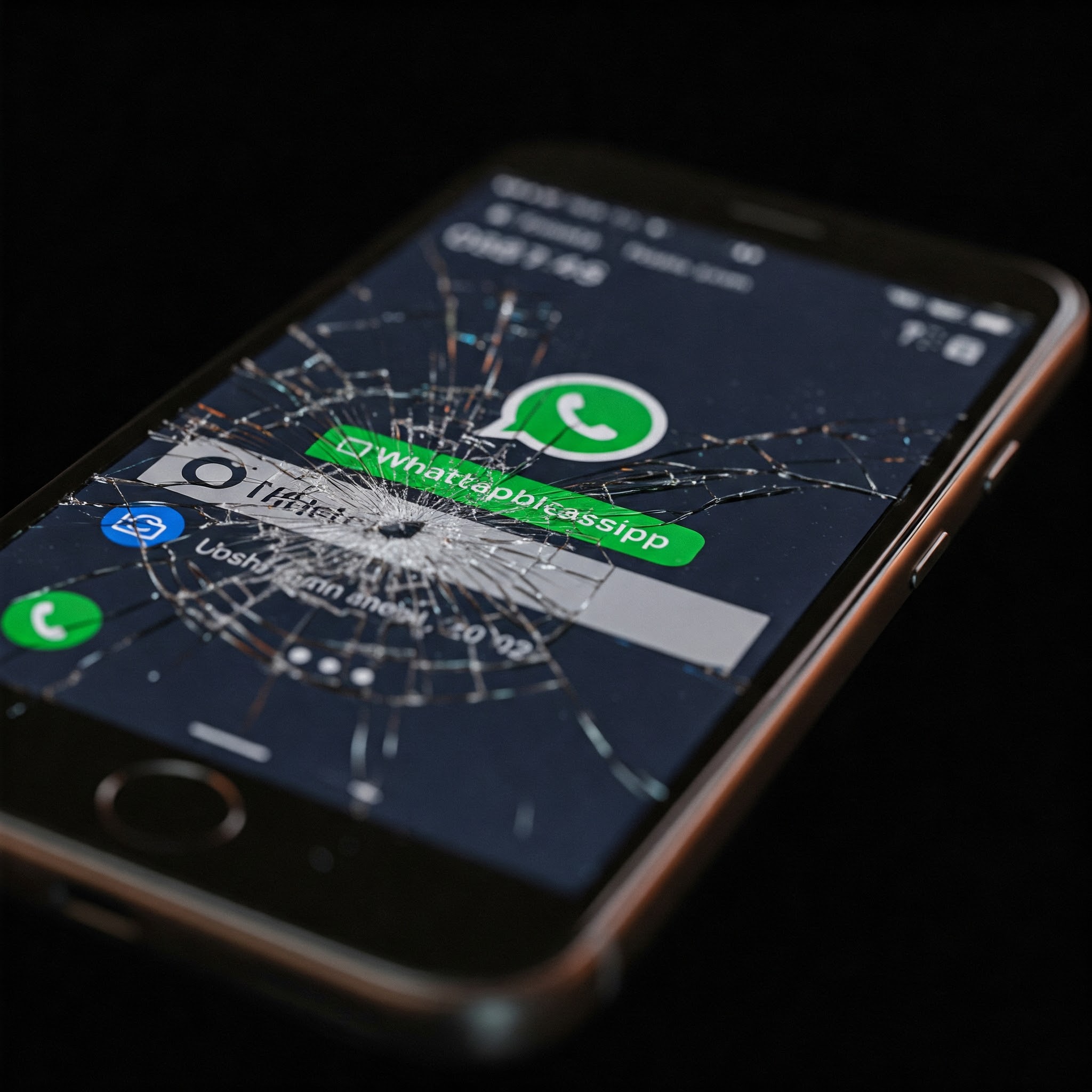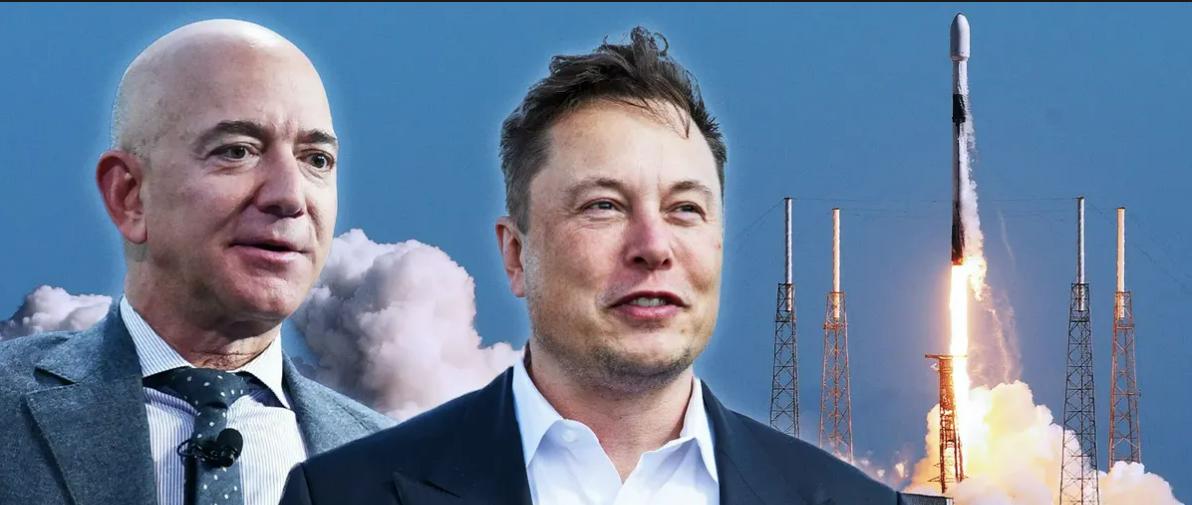One of the most interesting sentiments I heard when people were discussing their views regarding Huawei’s recent ban, was that “they can simply move to Android’s Open Source Project”. When it became clear that, that wasn’t that simple the next thing was “they can build their own OS, they don’t need Android”.
This might be true and I’m sure the validity of this statement will play out right before our eyes in the next few months as Huawei are already working on a new. Anyway, the bullishness expressed by Huawei fans comes largely from the fact that almost everyone covering this story (us included) doesn’t fully understand what the ban actually entails or just how far reaching the ban is.
An article by Kevin Wolf -the former assistant secretary of commerce for export administration from 2010 to 2017 shed some light on just how limited Huawei could be by this ban. One of the key details he specifies is that export law doesn’t only apply to the country of origin for end products (e.g a processor, chip) but also to commodities which includes software and technology.
Another article from Ars Technica explains this pretty well:
Export law has this sort of viral property to it, in that anything that contains more than a trivial amount (the legal term is “de minimis“) of US-origin items also becomes a US-origin item. The objects then become subject to US export law.
Ron Amadeo – Ars Technica writer
The article by Kevin Wolf states that software is affected by the ban if it fits into any of these areas:
- In the United States, such as on a server located in the United States;
- U.S.-origin, such as by being developed, drawn, produced, or compiled in the United States;
- Foreign-origin and commingled with or drawn from more than a de minimis amount of controlled U.S.-origin technology; or
- The direct product of sensitive U.S.-origin technology or software, a complete plant built using such technology or software, or a major component of a plant built using such technology or software
Instantly this means goodbye to your favourite applications. WhatsApp, Instagram, Facebook, Twitter and bunch of other popular apps will most probably be unavailable on Huawei’s new store, unless the ban gets rescinded or some of the terms of the ban are changed. For markets like China where access to these apps is already restricted that’s not a problem, but globally I can see there being issues.
The point that states that “Foreign-origin and commingled with or drawn from more than a de minimis amount of controlled U.S.-origin technology ” is also quite significant because it means even Open Source projects get affected if a significant portion of work in that project was done in the US. This is probably why Huawei is working on its own OS and “giving the middle finger to Google” as some Huawei loyalists would like to think. They don’t really have a choice.
Because of this same point Huawei knew they wouldn’t be allowed to access Android apps made by developers outside the US because some of the Android SDK’s and libraries that would be used still constitute US technology and are off-limits.
Now, I’m not particularly fond of Huawei so maybe I’m a bit more pessimistic than the next guy regarding this ban and its impact but the reality of the situation is that unless the terms of this ban are relaxed or actually pulled entirely whatever it is Huawei makes will be a far cry from Android and their move to desert Android is not a middle finger to Google but actually their hand being forced













